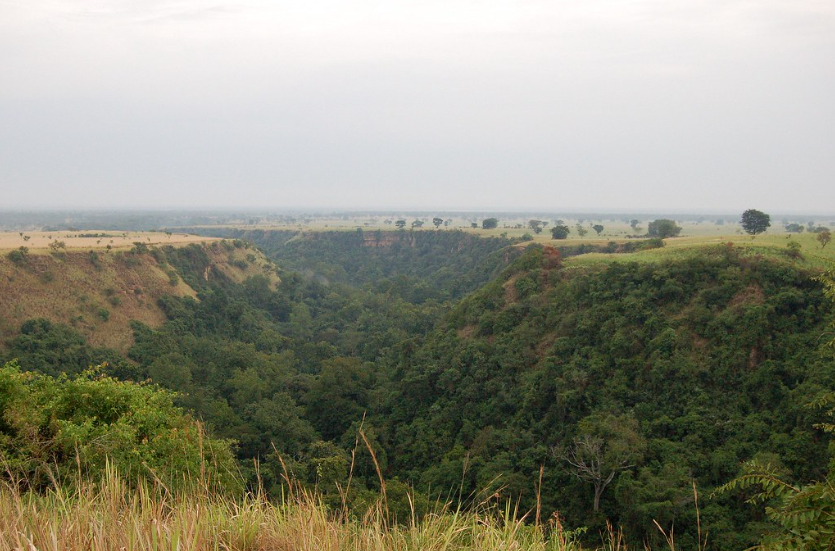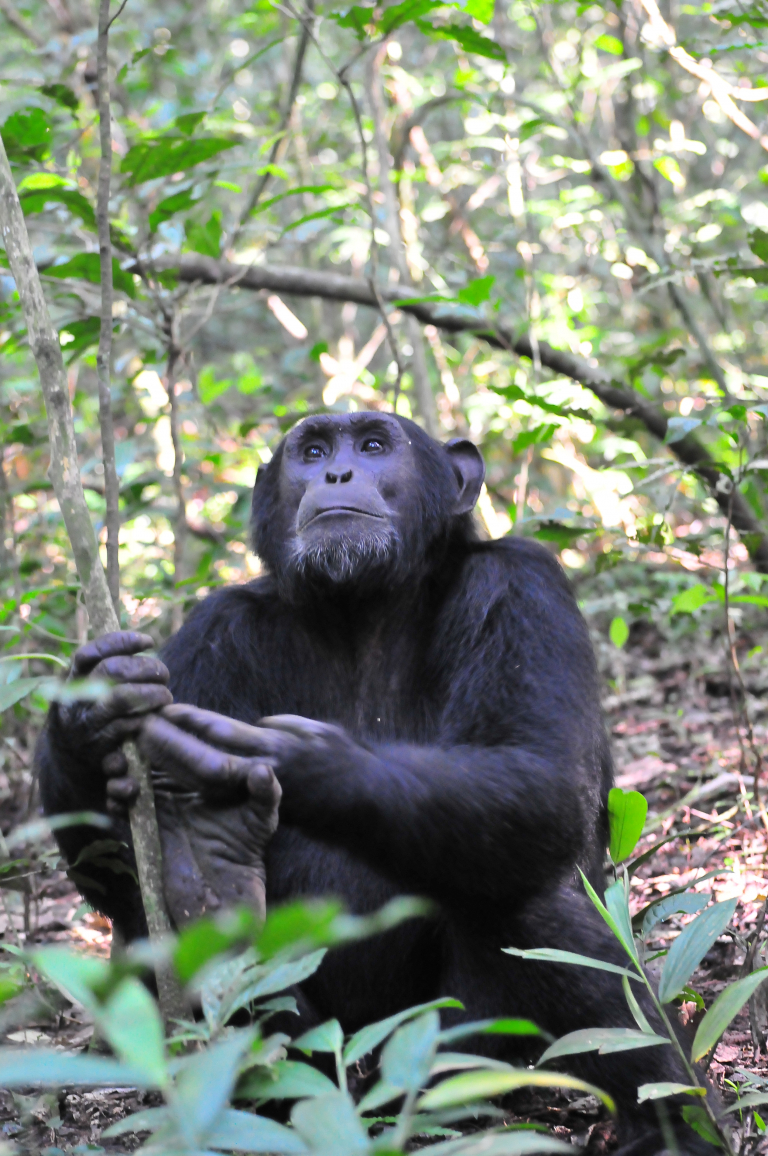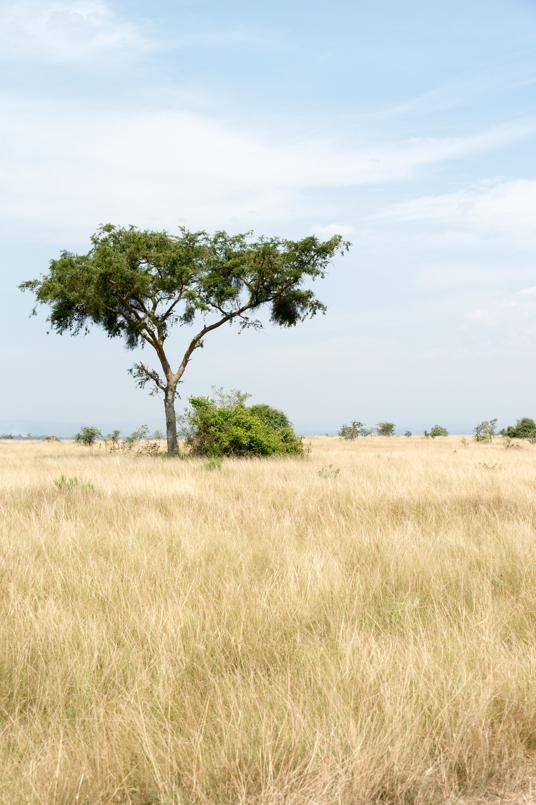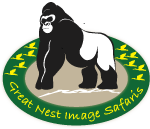
Kyambura Wildlife Reserve
Kyambura wildlife reserve : is located in the south of Lake George, west of the Kyambura Gorge and east of Queen Elizabeth National park. It is also where Kazinga channel also known as the “hippos haven” escapes from Lake George towards the direction of Lake Edward. The reserve was formed as the Kyambura controlled hunting area in the year 1962, and then upgraded to a game reserve status in the year 1965. The area has an area of 156 square kilometers and was formed to serve as a buffer zone to Queen Elizabeth National Park because during the dry season, the animals come and drink water from Kyambura gorge.
The terrain is characterized by a number of swamps, small hills and about 10 crater lakes above the east wall of the western rift valley. Its boundary with Queen Elizabeth National Park is defined by the Kyambura River which flows into the Kazinga channel. Kyambura is a sunken underground rainforest which can also be called the valley of apes due to it being a home to over 12 primate species. These include the chimpanzees as well as other primates that are surviving in the forest vegetation such as olive baboons, red tailed monkey, grey cheeked mangabey, black and white colobus, etc.
Kyambura is the only place in Queen Elizabeth National Park where habituated chimpanzees are seen. The chimpanzees in Kyambura gorge were isolated after the forests connecting it to larger forests like Kalinzu and Maramagambo were cleared. Besides primates and birds in this reserve, tourists will also find some wild animals in this tropical forest such as the African forest elephants, the giant forest hogs and many others.
Chimpanzee tracking
This is the main activity carried out in the wildlife reserve because the reserve is the best spot for tracking the chimpanzees in Queen Elizabeth National Park. Most of the chimpanzees in the gorge have been habituated meaning they are used and familiar with human beings. In fact, to the reality that they can freely do their activities in the presence of people.
Chimpanzee tracking takes about 2 to 3 hours even longer depending on where the chimps spent their night. Upon locating the community, you will be allowed to spend one hour with the chimpanzees in their natural habitat. Here, learn more about their habits, behavior, feeding, see them breastfeeding, playing with each other and more.
Chimpanzee tracking is an extremely interesting adventure that tourists shouldn’t afford to miss on their visit to Queen Elizabeth National Park. However, this activity will require a chimpanzee permit and only physically fit tourists because there is hiking deep in the forest in search for the chimpanzee community. Other primates include; red tailed monkey, blue monkey, red colobus, black and white colobus vervet monkeys, etc. Also watch out for different bird species hence making for safari rewarding.


Guided nature walks
With the guidance of the knowledgeable ranger, this offers you the opportunity to encounter the flora and fauna hidden within the hearts of the reserve. You will come across primates such as the red colobus, olive baboons, black and white colobus, red tailed, etc. Birds species include; the falcons, hamerkops, herons, sunbirds, egrets, turacos, Hornbills, nightjars. African skimmer, papyrus canary, pick backed pelican, white winged warbler, white tailed lark, African broadbill, etc.
Birding
Kyambura wildlife reserve is a home to various forest birds in the verdant rainforest trees. These birds are categorized under the birds of global conservation concern. Upon visiting this fascinating reserve, you will sight a number of birds. This include; the martial eagle, fly catcher, falcon, bar-tailed godwit. Black-rumped buttonquail, rare shoebill, African fin foot, African skimmer, turacos, sunbirds, bee-eaters, etc.
Best time to visit
Kyambura wildlife reserve can be visited anytime of the year due to its fascinating biodiversity. The best time to visit is during the dry seasons in the months of June to September and December to February. This is also known as the peak season and during this time, there is little amount of rainfall received. As a result, making the forest trails for chimpanzee tracking, birding and guided nature walks be passable.
This is compared to the wet seasons in the months of March to May and October to November. In fact, this is when the forest receives heavy rainfall which makes the forest trails slippery, wet and muddy. However, the wet season also known as the low season is ideal for bird watching. It is because there will be plenty of fruits for both the migratory and resident bird species.
How to get there
By road; Kyambura wildlife reserve can be accessed using the Kampala-Masaka-Mbarara route which is approximately 420 kilometers. You can also access it from Kampala via Fort portal which is approximately 410 kilometers.
Our Safaris
2 Days Best of Lake Mburo Park Safari
3 Days Murchison Falls Adventure Safari
4 Days Gorilla and Chimpanzee Tracking Safari Uganda
5 Days Gorilla and Wildlife Safari in Uganda
6 Days Queen-Bwindi Gorilla & Lake Mburo Safari
7 Days Uganda Pearl of Africa Tour
10 Days Best of Uganda Wildlife and Adventure Safari
15 Days Best of Uganda Holiday Safari
17 Days Uganda Gorillas & Wildlife Safari
21 Days Uganda Adventure Safari
25 Days East African Holiday Safari







